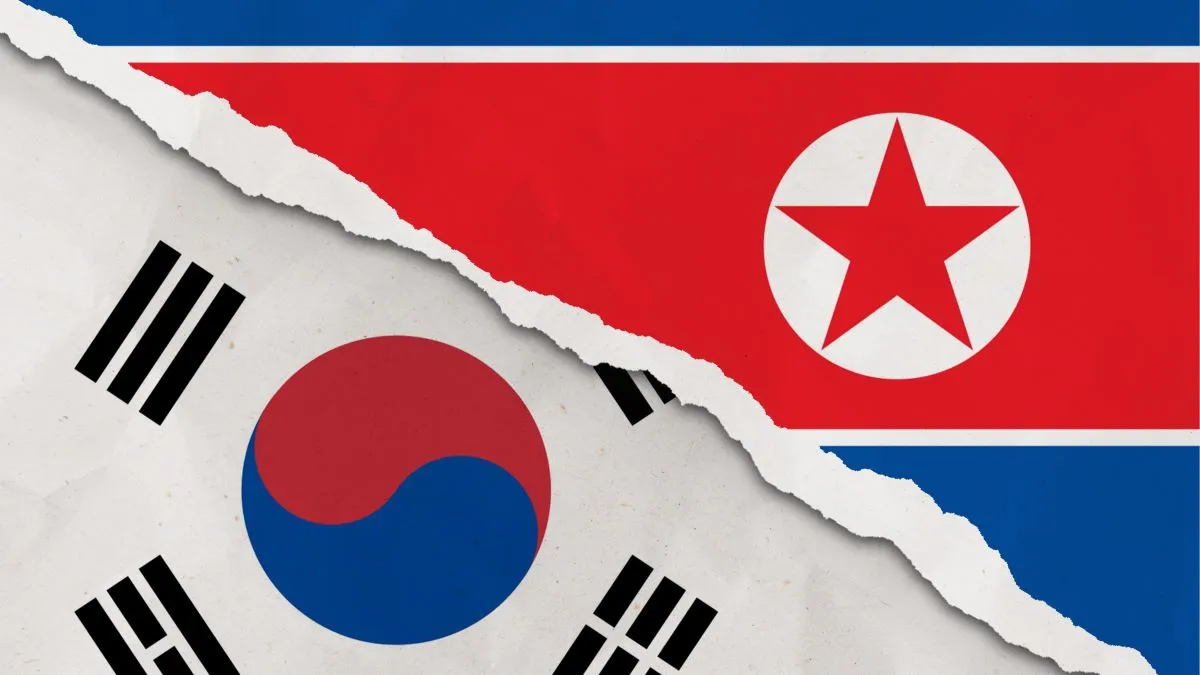
Advertisement
The history of Korea, especially in the aftermath of World War II, is marked by tumultuous events and enduring struggles. Under Japanese rule since 1910, Korea endured horrific atrocities, including the forced sexual slavery of hundreds of thousands of women and girls by the Japanese military, known as “comfort women.”
At the end of World War II in 1945, Korea was expected to be liberated. However, it became a battleground in the emerging Cold War between the United States and the Soviet Union. The country was divided along the 38th parallel, with the US supporting a capitalist government in the South under Syngman Rhee, and the Soviet Union backing a communist regime in the North under Kim Il-sung.
Tensions between the two Koreas escalated, leading to the outbreak of the Korean War in 1950 when North Korea invaded the South. The conflict, which lasted for three years, resulted in massive casualties and ended with an armistice in 1953. Technically, the two Koreas are still at war, as a formal peace treaty was never signed.
Despite the devastation of war, South Korea underwent a remarkable economic transformation starting in the 1960s. Companies like Samsung and Hyundai emerged as global leaders, propelling South Korea to become a powerhouse in technology, fashion, and entertainment. Today, South Korea is known for its vibrant pop culture, including K-pop music and internationally acclaimed cinema.
In contrast, North Korea remains isolated and secretive, making headlines primarily for its missile tests and diplomatic tensions. The division between North and South Korea persists, reflecting the enduring legacy of a conflict that shaped the destinies of both nations.
